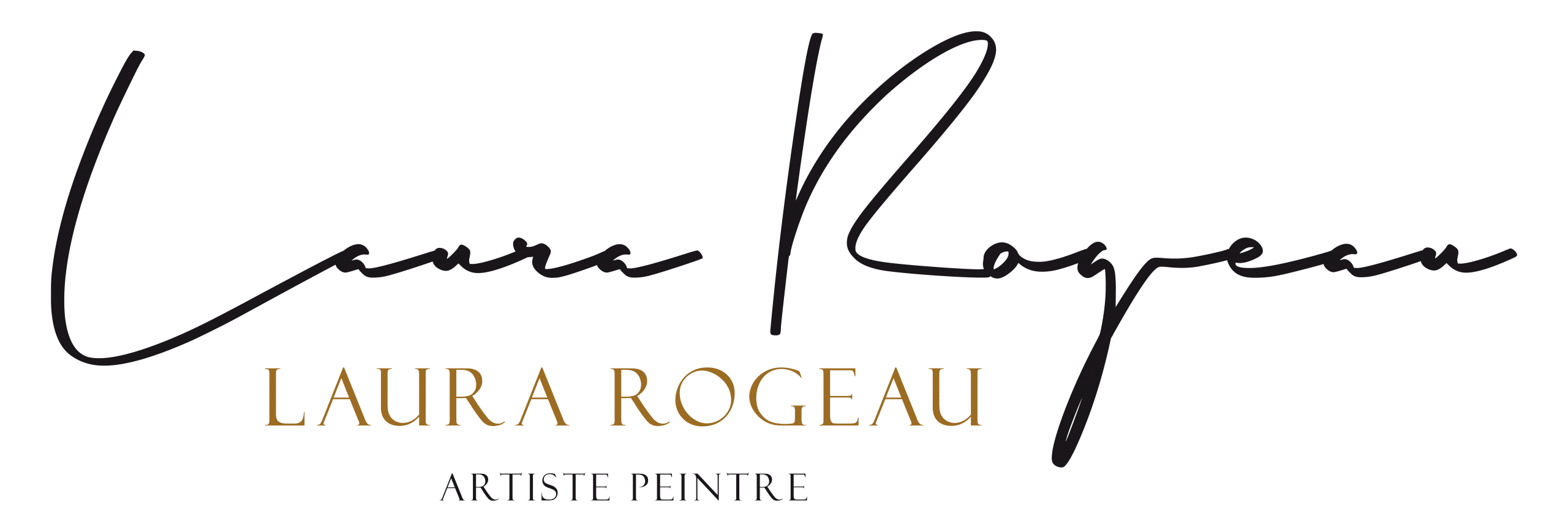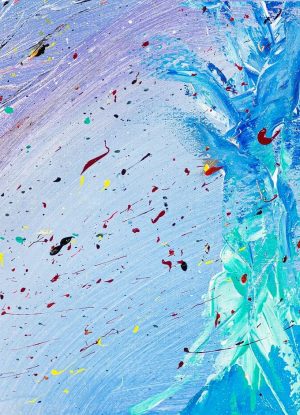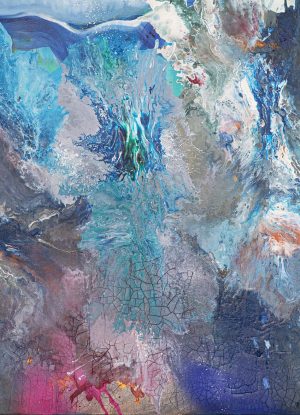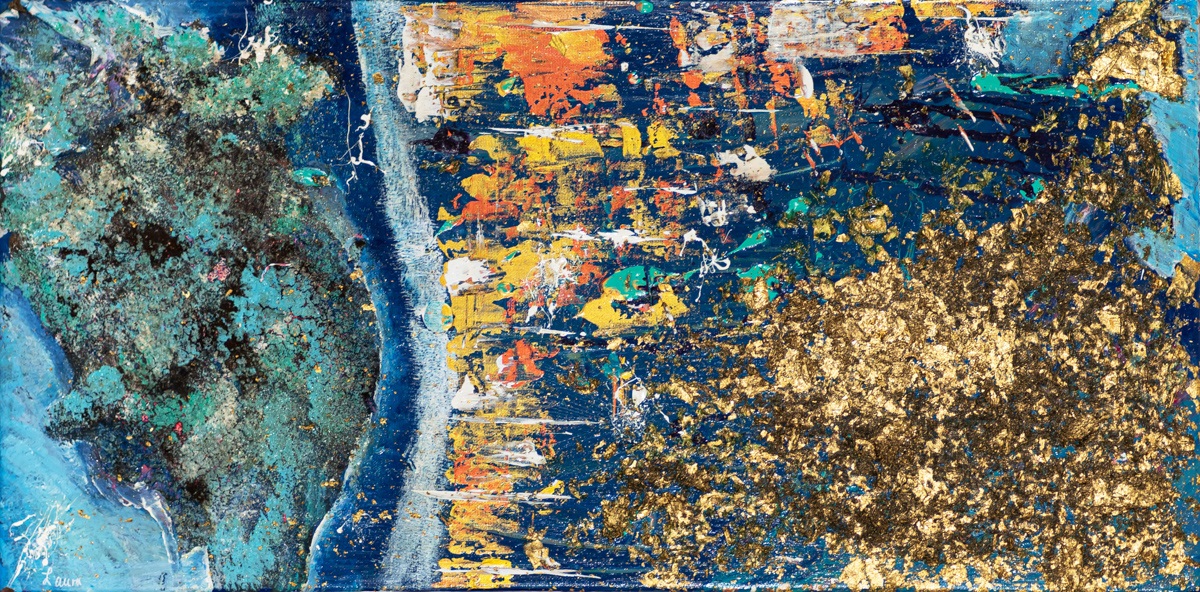
Figurative art, a style opposed to abstract art
Figurative art is the most widespread form of art in the West. Figurative can be defined as the actual representation of something, as opposed to what is represented as a symbol or a plan. Thus, figurative art, unlike abstract art, expresses itself through the representation of external reality, and the artist draws inspiration from his surroundings.
Whether in painting, photography, sculpture, ceramics or textile arts, it is the visible that is honoured and that dictates the artist’s movements.
Some examples of figurative creations
The visible models are sometimes represented as they appear, with the desire to reproduce all the details, this is naturalism. The portrait, the landscape, the still life are examples of figurative painting. The artist wishes to reproduce nature, and certain representations may surprise by their realism.
The artist can also play with forms or simplify the model to keep only the essential, the main object of the work is deformed or interpreted, this is surrealism or cubism.
A movement opposed to abstraction
While abstract artists dispense with models and free themselves from fidelity to reality to let only their emotions and imagination dictate their creation, figurative artists deliver a representation of reality. However, although figurative art is a representational art, imagination and creativity are also pillars of figurative art. It is not uncommon to see dragons, unicorns and other fantastic creatures in figurative art.
Thus, figurative art can also become symbolic and the object can be a mere suggestion. In the end, painting is rarely purely abstract or purely figurative, the common denominator being creation.
Related posts
Discover the pioneers of abstract art
The abstract movement developed in the 20th century, and it
